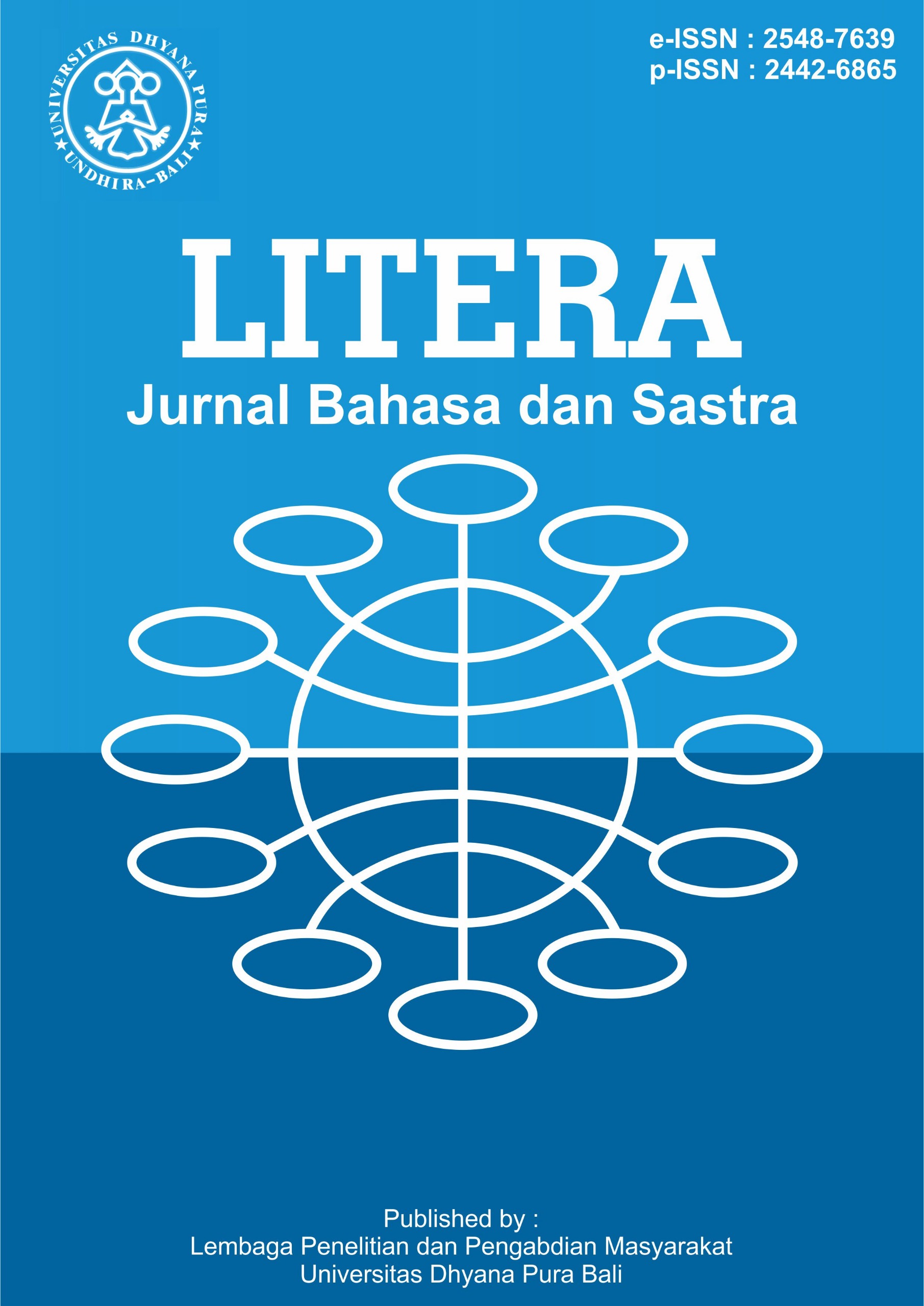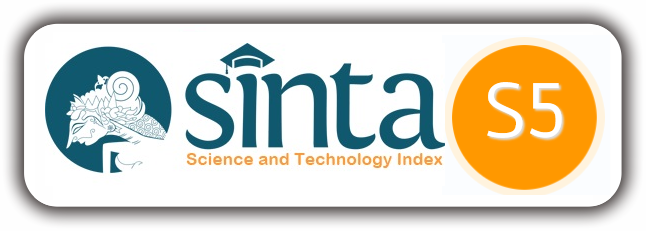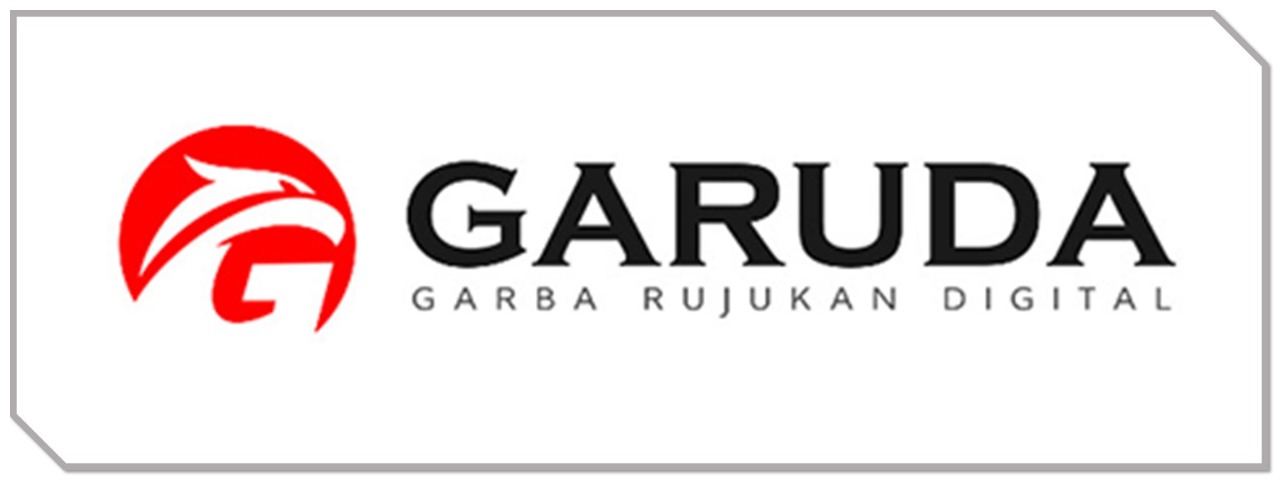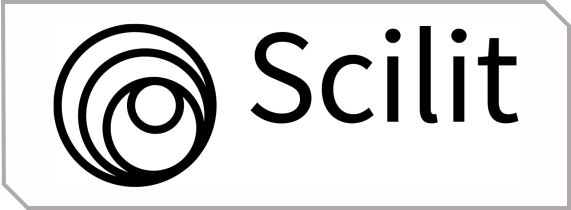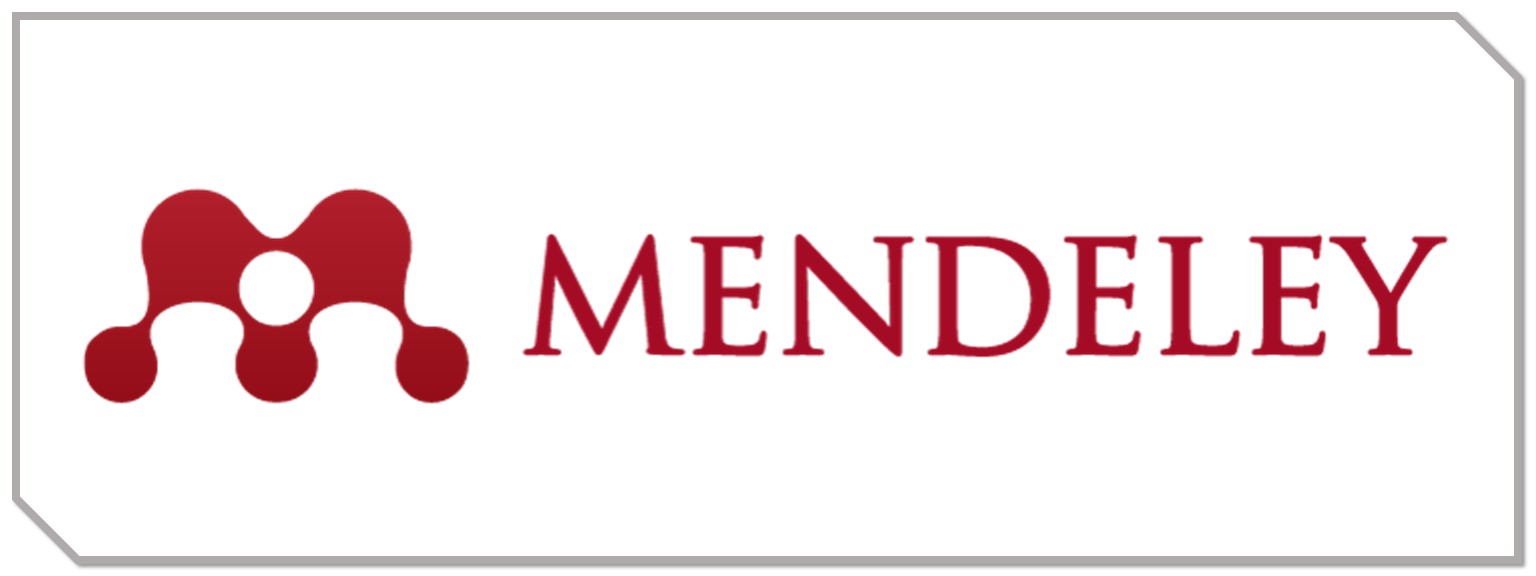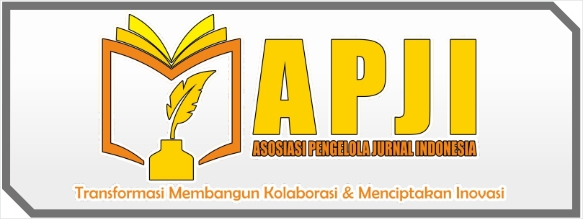Illocutionary Speech Act of Hate Speech in Mobile Legends Game
DOI:
https://doi.org/10.36002/litera.v11i2.3881Keywords:
Hate Speech, Illocutionary Speech Act, Mobile Legends, PragmaticsAbstract
Hate speech appears as a form of players' emotional response to the tense and competitive game situation. The purpose of this study is to identify the types of speech acts used in hate speech and analyze the form of hate speech in the Mobile Legends chat and comments. The method used was descriptive qualitative with a pragmatics approach regarding Searle illocutionary theory and used documentation techniques on conversation in chat games and player comments. The results showed that expressive speech acts are the most dominant 65form (53,33%), followed by directive (33.33%), assertive (6.67%), and commissive (6.67%). The forms of hate speech are carried out through calling someone or a group of people with animals, parts of the human body, blasphemy, and also Psychological Abuse. This speech not only reflects emotions, but is also used as a tool to verbally and psychologically attack opponents. The findings prove that in-game hate speech is a meaningful social action that can influence interactions between players. This study emphasizes the importance of understanding pragmatics in unpacking the meaning of hate speech as well as the urgency of creating a healthy play environment free from verbal violence.
Downloads
References
Arofah, K. (2018). Rhetorical Analysis of Hate Speech: Case Study of Hate Speech Related to Ahok’s Religion Blasphemy Case. Mediator: Jurnal Komunikasi, 11(1), 91–105. https://doi.org/10.29313/mediator.v11i1.3119
Batubara, N. A., & Mulyadi. (2023). Ujaran Kebencian Pada Berita-Berita Covid-19 di Instagram. LINGUA : Jurnal Bahasa, Sastra, Dan Pengajarannya, 20(1), 92–106. https://doi.org/10.30957/lingua.v20i1.812.Ujaran
Chomsky. (1965). Methodological Preliminaries. In Constructing Educational Inequality. https://doi.org/10.4324/9780203975275-8
Creswell. (2012). A Mixed-Method Approach. In Writing Center Talk over Time. https://doi.org/10.4324/9780429469237-3
Gagliardone, I. (2019). Defining Online Hate and Its “Public Lives”: What is the Place for “Extreme Speech”? | Gagliardone | International Journal of Communication. International Journal of Communication, 13, 3068–3086. https://ijoc.org/index.php/ijoc/article/view/9103/2711
H. P. Grice. (1976). Syntax and Semantics Volume 3: Speech Acts. In The Modern Language Journal (Vol. 60, Issue 5/6). https://doi.org/10.2307/324613
Ilham, H. T. W., & Sajarwa, S. (2023). Dehumanisasi ujaran kebencian dalam penggunaan kata ‘lu’ pada komentar Instagram Rachel Vennya. Diglosia: Jurnal Kajian Bahasa, Sastra, Dan Pengajarannya, 6(3), 871–880. https://doi.org/10.30872/diglosia.v6i3.702
Mahbubah, I. A. (2023). Comments of mobile legends : bang bang.
Miles & Huberman. (2014). Qualitative Data Analysis. In Rebecca Holland (Ed.), SAGE Publications (Second Edi). International Education and Professional Publisher Thousand Oaks. https://vivauniversity.wordpress.com/wp-content/uploads/2013/11/milesandhuberman1994.pdf
Nurdiansyah, Y., & Darma, V. P. (2024). Harsh Words in Mobile Legends Online Game: Influences in Real Life. Language Circle: Journal of Language and Literature, 18(2), 310–316. https://doi.org/10.15294/lc.v18i2.50070
Putra, I. G. B. D., Syahid, A., Sudewi, N. K. P. N., & Miswaty, T. C. (2024). A Pragmatic Interpretation of Consorship Speech Using Number As Hate Speech in Mobile Legends Game. Seminar Nasional Trilingual Bahasa Sastra Dan Pariwisata II, 1, 59–65.
Retno, R. A. (2020). Kekerasan Simbolik Dalam Game Online. Institut Agama Islam Negeri Purwokerto, 1–11.
Rina, & Tanduk. (2024). Dampak Penggunaan Disfemisme Para Gamers Pada Media Sosial Youtube. Jurnal Pendidikan, Sains Dan Teknologi, 3(1), 144–151. https://doi.org/10.47233/jpst.v3i1.1549
Sapir, E. (1924). Language. An Introduction to the Study of Speech. In The Modern Language Review (Vol. 19, Issue 2). https://doi.org/10.2307/3713880
Searle, J. R. (1969). Speech Acts: An Essay in the Philosophy of Language. In The Philosophical Quarterly (Vol. 20, Issue 79). https://doi.org/10.2307/2218090
Shappeck, M. (2004). Pragmatics: An Introduction. In Language (Vol. 80, Issue 1). https://doi.org/10.1353/lan.2004.0045
Statista. (2024). Most popular MOBA gaming apps worldwide in December 2024, by downloads. https://www.statista.com/statistics/1269466/most-downloaded-moba-apps-worldwide/
Sudana, Dadang Syahid, A., & Bachari, A. D. (2021). Hate Speech and Blasphemy on Social Media in Indonesia: Forensic Linguistic Studies. Proceedings of KIMLI 2021, 622.
Suryani, Y., Istianingrum, R., & Hanik, S. U. (2021). Linguistik Forensik Ujaran Kebencian terhadap Artis Aurel Hermansyah di Media Sosial Instagram. BELAJAR BAHASA: Jurnal Ilmiah Program Studi Pendidikan Bahasa Dan Sastra Indonesia, 6(1), 107–118. https://doi.org/10.32528/bb.v6i1.4167
Syahid, A., Sudana, D., & Bachari, A. D. (2023). Cyberbullying on Social Media in Indonesia and Its Legal Impact: Analysis of Language Use in Ethnicity, Religious, Racial, and Primordial Issues. Theory and Practice in Language Studies, 13(8), 1938–1946. https://doi.org/10.17507/tpls.1308.09
Downloads
Published
How to Cite
Issue
Section
License
Copyright (c) 2025 LITERA : Jurnal Bahasa Dan Sastra

This work is licensed under a Creative Commons Attribution-NonCommercial-ShareAlike 4.0 International License.
![]()
This work is licensed under a Creative Commons Attribution-NonCommercial-ShareAlike 4.0 International License.

